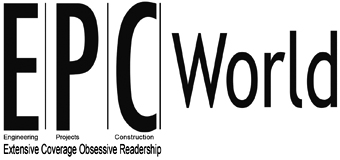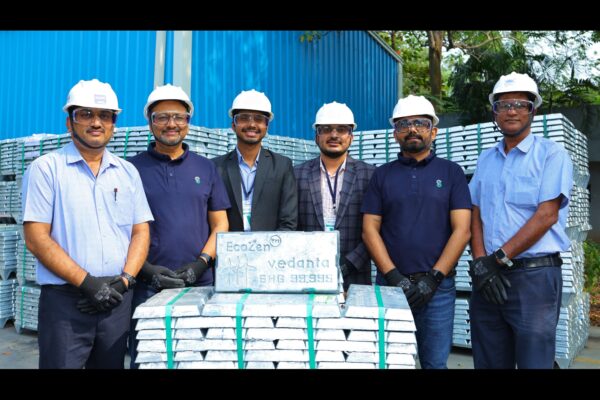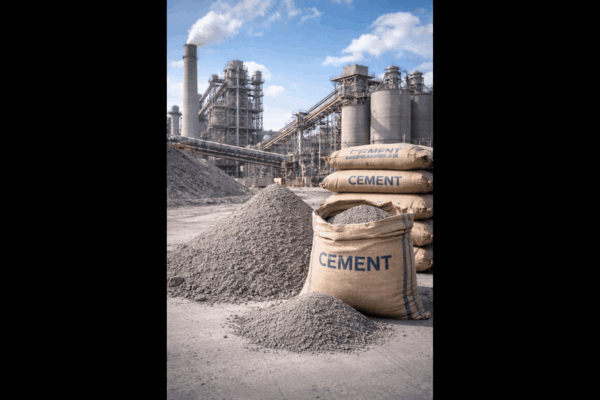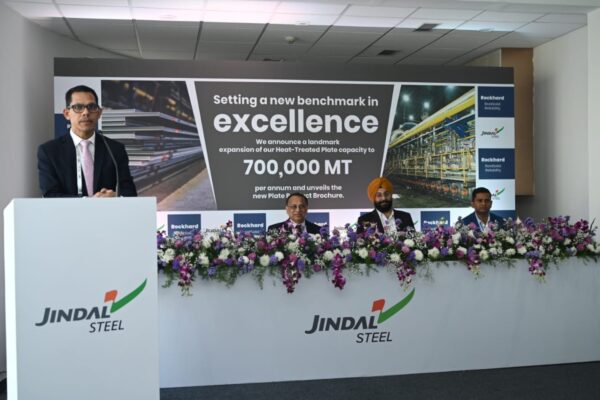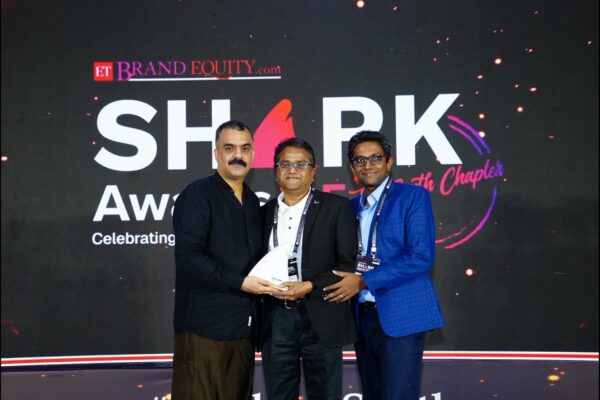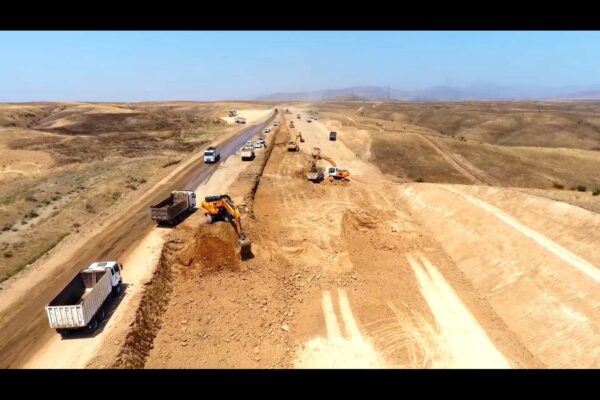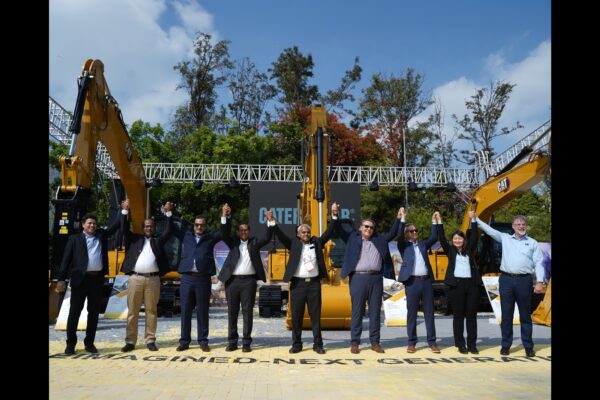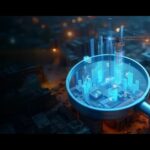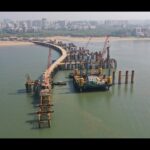Interview: Mayank Pathak, Founder & Managing Director, Translite Scaffolding and Formwork Systems
In this interview with EPC World Chief Editor Tejasvi Sharma, Mayank Pathak discusses the company’s strategic focus on engineered solutions, safety, and digital integration in the scaffolding and formwork sector. Drawing from his extensive experience in infrastructure, he outlines how Translite is addressing the evolving needs of large-scale projects in India and abroad, while positioning itself as a reliable partner in modern construction.
You have transitioned from leadership roles in major construction projects to founding Translite. What inspired you to build a company in the scaffolding and formwork domain, and how have your experiences in infrastructure finance influenced your approach to this business?
Having spent significant years in leadership roles across the infrastructure domain, I had the privilege of closely observing the complexities of large-scale construction projects — from cash flows to timelines and technical challenges. It became evident that scaffolding and formwork, though often considered ancillary, actually form the backbone of execution. This realisation, coupled with my entrepreneurial drive, inspired me to establish Translite. Our mission is to bring engineering precision, global quality benchmarks, and a solutions mindset into this critical domain. My prior experience instilled a rigorous discipline around project delivery, risk assessment, and long-term client partnerships — all of which have become foundational to how Translite operates today.
While these solutions are often perceived as supporting activities, they are fundamental to construction timelines, safety, and quality. How does Translite position itself as a partner of choice for India’s most demanding infrastructure projects?
At Translite, we don’t see ourselves merely as suppliers but as execution partners. Formwork and scaffolding determine not just the speed but also the safety and structural integrity of the final asset. This is why India’s most demanding infrastructure projects — be it metros, highways, industrial corridors or high-rise urban developments — trust us to provide robust, engineered systems. Our ability to custom design solutions for complex geometries and aggressive timelines positions Translite as a partner of choice.
Could you share specific examples of innovations Translite has introduced in formwork and scaffolding design? How are these innovations improving productivity and safety on project sites?
Innovation is integral to our DNA. For example, we’ve engineered modular formwork systems that reduce cycle times significantly, allowing contractors to achieve faster slab and pier turnover. Our heavy-duty launching trusses and adjustable pier arm shutters have enabled challenging girder launches with minimal ground disturbance. Additionally, we’ve integrated high-strength lightweight steels and galvanized finishes that not only enhance load capacity but also extend lifecycle, reducing total cost of ownership for clients.
The construction ecosystem is seeing rapid adoption of modular systems, lightweight composites, and digital project controls. What technology trends do you consider most transformative for scaffolding and formwork, and how is Translite embracing them?
Modularization, lightweight composite systems, and digital twin integration are reshaping our industry. We’re actively investing in these areas — for instance, adopting advanced roll-forming for consistent dimensional accuracy, exploring high-strength alloys for reducing self-weight, and developing systems ready for digital inventory tracking and QR-based lifecycle management. These technology shifts are making projects safer, faster, and far more predictable.
Every growing company encounters projects that test its capabilities. Could you describe one or two particularly challenging assignments Translite has delivered, and the lessons learned from executing them?
Two projects stand out. First, supplying complex formwork for Pune Metro in congested urban zones where space constraints demanded millimetre-level planning. Second, supporting a major rail flyover girder launch in Maharashtra, where our custom-designed launching beams and trussel heads were pivotal in executing one of India’s longest launches. Both projects reinforced our belief in meticulous pre-planning and close on-ground coordination.
As clients increasingly expect world-class standards, how does Translite ensure its systems comply with stringent safety regulations and quality benchmarks, both domestically and internationally?
Our systems comply with stringent IS codes and global standards. We source prime materials — for instance, all our MS plates come from SAIL, and angles and flats are ISI-marked. Each batch undergoes rigorous QA/QC protocols at our manufacturing facility, from ultrasonic tests on welds to load trials of assemblies. Internationally, we align with EN and BS norms to serve export markets. This commitment ensures that when a client works with Translite, they’re assured of world-class safety and quality.
How is Translite embedding sustainability into their operations—whether through reusable systems, recyclable materials, or minimising waste across the project lifecycle?
Sustainability is embedded in how we engineer and operate. Our systems are designed for high reuse cycles, reducing wastage on project sites. We prioritise recyclable materials. Even at our plant, we invest in scrap segregation and channel it back to steel mills. The objective is a circular model that’s both economically and environmentally beneficial.
In an industry where execution is only as strong as the workforce, what steps are you taking to build technical capabilities and safety culture among your teams?
We believe our people are our strongest assets. Regular training sessions — from load testing to site safety drills — are conducted to upskill our teams. We also promote a safety-first culture through toolbox talks, PPE enforcement, and reward systems that encourage proactive safety reporting.
From BIM integration to inventory tracking, digital technologies are reshaping construction practices. How is Translite leveraging digital tools to improve efficiency, transparency, and client collaboration?
We’re integrating digital tools across design, manufacturing, and deployment. BIM compatibility allows our systems to be modelled alongside client structures, reducing clashes and rework. We’ve also started digital tagging of assets to enable lifecycle tracking — improving transparency, maintenance, and redeployment planning.
India’s infrastructure pipeline across transport, industrial, and urban segments is accelerating rapidly. What trends are you seeing in client requirements and procurement models that will shape demand for scaffolding and formwork over the next 5–10 years?
We see growing preference for turnkey, engineering-led packages where contractors seek not just products but integrated design, supply, and site support. There’s also a shift towards stringent documentation and safety certifications. Over the next 5–10 years, with the scale of metro, highway, and industrial corridor projects in India, demand for engineered formwork and scaffolding solutions is set to rise exponentially.
Are there regulatory or policy measures you believe could further support innovation and competitiveness in this sector? Where do you see scope for improved collaboration between industry and government?
The government has taken commendable steps through infrastructure push and simplified GST regimes. However, policy incentives that support faster clearances for manufacturing expansions and export facilitation would further bolster competitiveness. Also, an industry-government forum focused on construction safety standards can drive sector-wide improvements.
Could you share insights into Translite’s current order book and the scale of upcoming projects in your pipeline? Which sectors or geographies are driving the most growth?
Currently, we’re executing major orders in metros, industrial plants, and rail overbridges, including several upcoming projects in southern and western India. Internationally, our Middle East arm — Translite Middle East LLC FZ — is growing rapidly, supplying cuplock, ringlock, and heavy-duty shoring systems. Our pipeline remains strong with visibility across the next 18-24 months.
Looking ahead, what is your vision for Translite over the next decade? What strategic priorities will define your growth story and position the company as a leader in this space?
Over the next decade, our vision is to establish Translite as the most trusted formwork and scaffolding brand across emerging markets. Strategically, we’re focusing on three pillars — engineering excellence, digital transformation, and sustainability. By continually innovating and investing in people and technology, we aim to lead this space and support the future of modern infrastructure.
Tags
